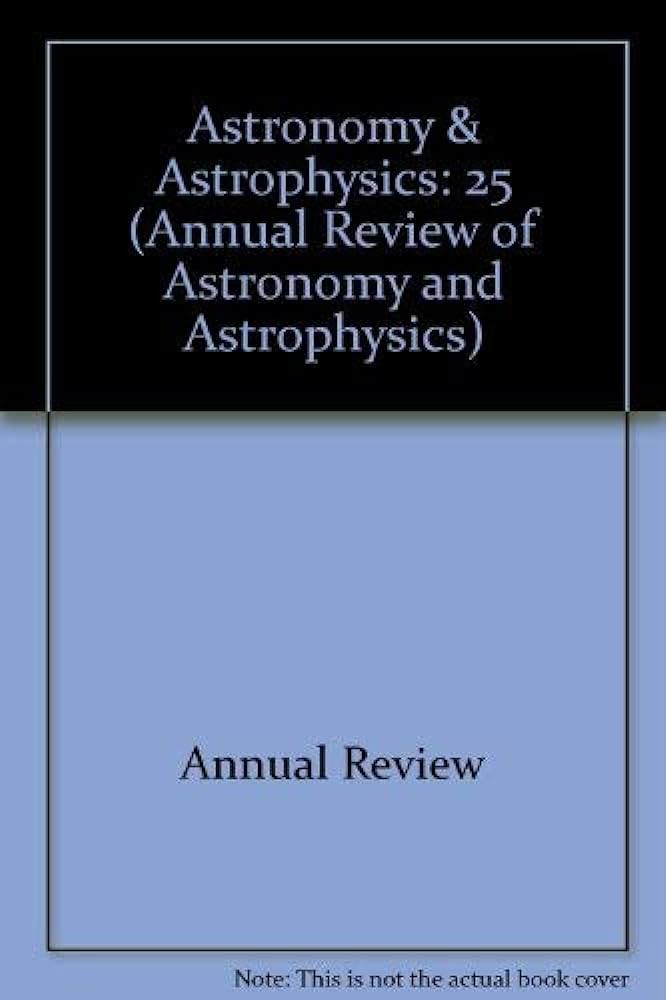Star Formation from Low to High Mass: A Comparative View
IF 32.5
1区 物理与天体物理
Q1 ASTRONOMY & ASTROPHYSICS
Annual Review of Astronomy and Astrophysics
Pub Date : 2025-04-01
DOI:10.1146/annurev-astro-013125-122023
引用次数: 0
Abstract
Star formation has often been studied by separating the low- and high-mass regimes with an approximate boundary at 8 M从低质量到高质量的恒星形成:比较视角
研究恒星形成的方法通常是将低质量区和高质量区分开,其近似边界在8 M⊙。尽管两种体制下恒星形成过程的一些结果是不同的,但导致这些结果的物理过程是否有那么大的不同尚不清楚。在这里,我们从观测和理论的角度回顾了最重要的过程和数量,系统地比较了低质量和高质量恒星的形成。我们确定了在低质量和高质量恒星形成过程中相似、定量或定性不同的三种机制。▪恒星形成区域的湍流气体特性和密度结构也可以识别出类似的特征。许多观测特征也不那么强烈地依赖于环境。▪流出、流入和吸积速率以及平均柱密度和体积密度都存在定量差异。此外,从低质量恒星到高质量恒星的多重性显著增加。磁场对地层过程的重要性似乎还没有得到很好的约束。▪低质量和高质量恒星形成的质量差异主要与辐射和电离反馈有关,这种反馈几乎只发生在形成高质量恒星的区域。然而,吸积显然可以通过电离吸积流中的盘状结构继续进行。最后,我们讨论了所有质量的恒星形成的统一图像在多大程度上是可能的,以及哪些问题需要在未来解决。
本文章由计算机程序翻译,如有差异,请以英文原文为准。
求助全文
约1分钟内获得全文
求助全文
来源期刊

Annual Review of Astronomy and Astrophysics
地学天文-天文与天体物理
CiteScore
54.80
自引率
0.60%
发文量
14
期刊介绍:
The Annual Review of Astronomy and Astrophysics is covers significant developments in the field of astronomy and astrophysics including:The Sun,Solar system and extrasolar planets,Stars,Interstellar medium,Galaxy and galaxies,Active galactic nuclei,Cosmology,Instrumentation and techniques,
History of the development of new areas of research.
 求助内容:
求助内容: 应助结果提醒方式:
应助结果提醒方式:


